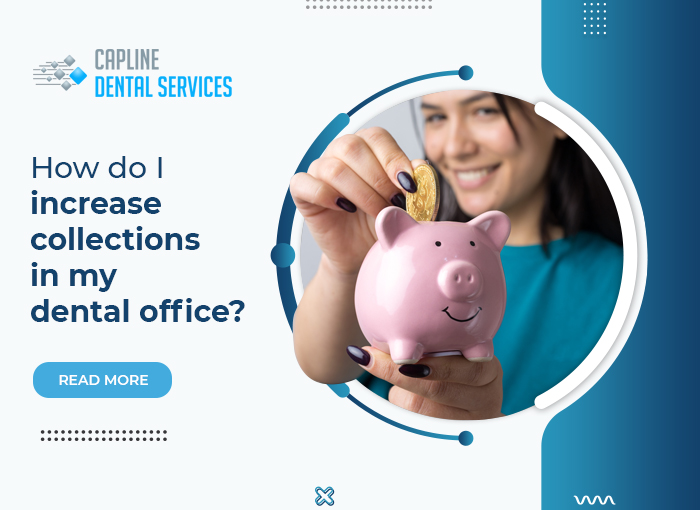
One of the many challenges in dental practices is their dental collection process. It can get out of control due to lack of training, pre-judging a patient's ability to pay, poor communication skills, and awkwardness at quoting fees. The patient should be ready to pay for the treatment at the appointment when the provider asks.
The scariest thing about the collections is not asking for it but thinking to ask for it. Dental procedures can be expensive for the patients and frustrating for the provider and the team if collections are down. So here are a few steps to improve your dental practice's collections. Money today is better than tomorrow to increase office efficiency.
Create a plan for your team that should include payment guidelines like:
This flow increases the confidence in your team and reduces the chances of awkwardness in the payment discussions.
Extending the options like
Informed patients make good decisions, as 50 percent of the people listen with their ears and 50 percent with their eyes. That is why it is advisable to create written financial guidelines and treatment plans to collect payments. Putting visual signposts in the office area, like the reception room and checkout area, explains your fees and payment options before dental treatment.
In the spirit of making it straightforward, define the team member's role in the collections, like:
For best results, it's crucial to have consistent follow-through, without which it becomes a losing proposition. A case file of the patient beyond 90 days loses 7 percent of its value, and an account beyond 12 months becomes a liability more than your patient owes. In addition, you lose credibility if you send statements again and never follow up on time.
The trained team should follow the four notice technique to collect the account receivables if the patient doesn't pay at the time of service.
Finally, after 120 days, refer the account to a debt collection agency. Before transferring the account to a debt collector, go through the regulations.